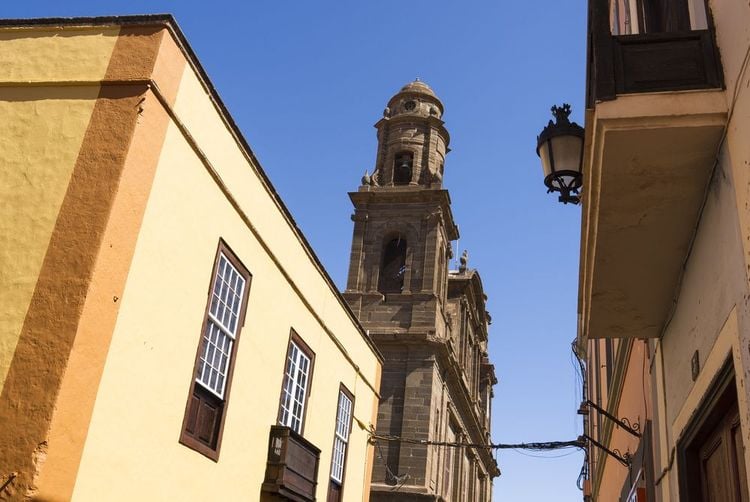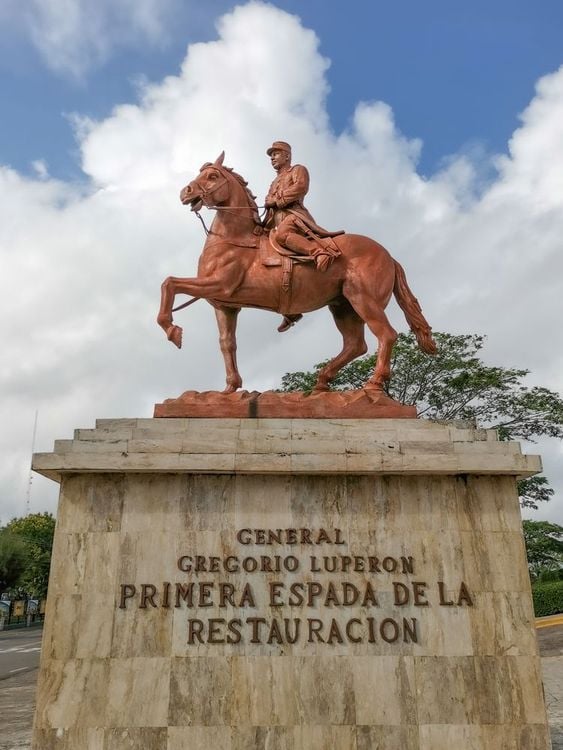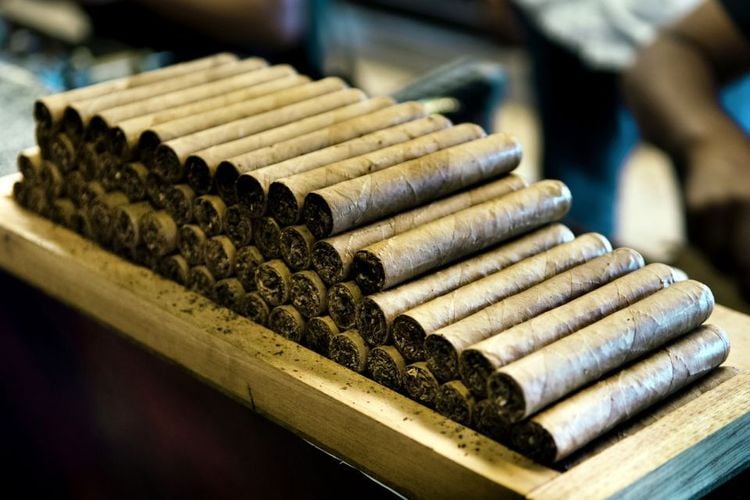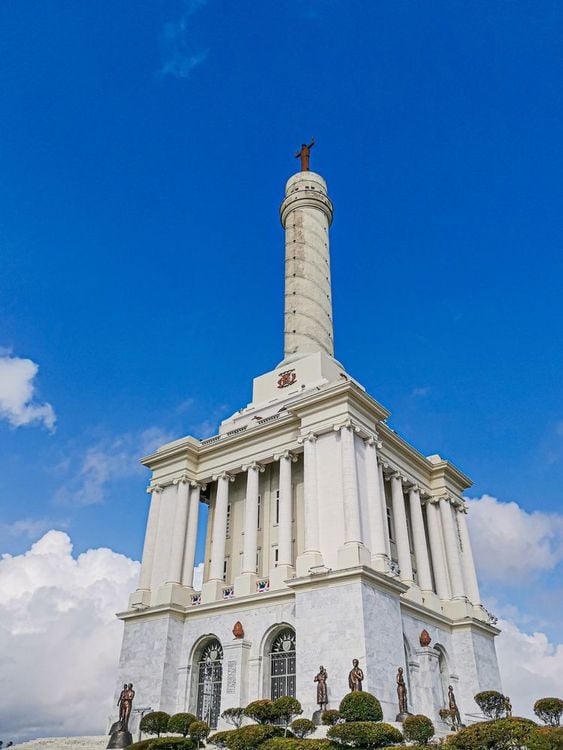When is the best time to visit Santiago de los Caballeros? The most pleasant month to visit Santiago de los Caballeros is December. The average maximum temperature is 27°C. Above all, it is the month with the least rainfall of the year, with only 64 mm recorded.
Documents and visas
French nationals travelling to Santiago de los Caballeros, and the Dominican Republic in general, must present a valid passport.
Language
Spanish is the official language of the Dominican Republic, but in Punta Cana you'll have no trouble finding people who speak English and French.
Currency
The currency is the Dominican peso (RDS). ATMs can be found in the reception areas of major hotels. Most of the time, you can pay in US dollars, and sometimes in euros in European hotel chains. Credit and debit cards are generally accepted. Please note that prices in restaurants, bars and hotels do not include VAT, so add 16% tax, plus a 5-10% tip.
Electricity
The destination is supplied with 110 volts (American standard), so you will need an adapter and a voltage converter to use French electrical appliances. However, most hotels will be able to lend you one.
Health
No vaccinations are required, but a D-T-Polio update is recommended, as is anti-malarial treatment. Always drink bottled water and avoid raw vegetables and milk. Beware of heat shock between the over 30°C outside and the 15°C air-conditioned rooms, bars and restaurants.
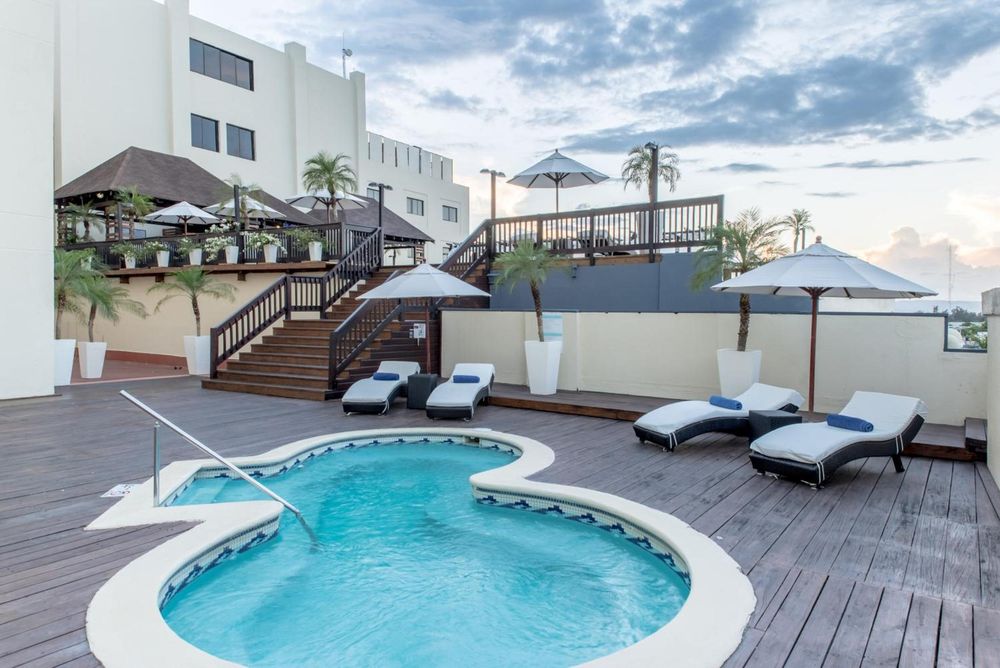 Dominican Republic
Dominican Republic

